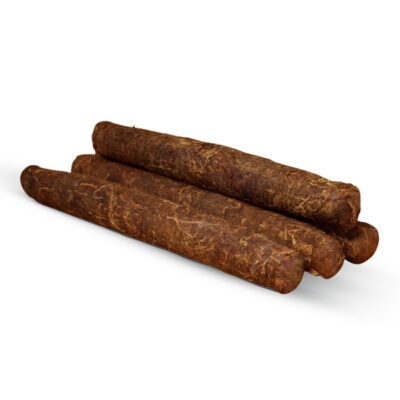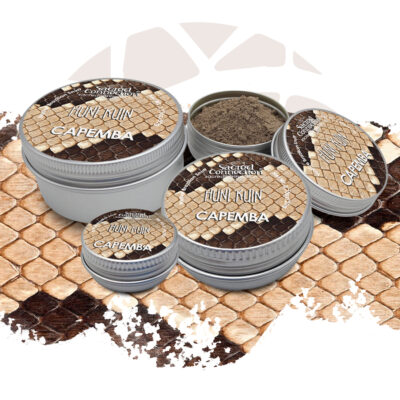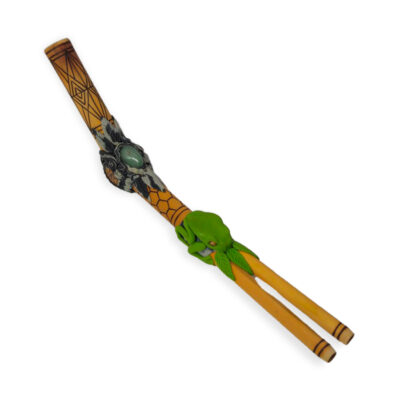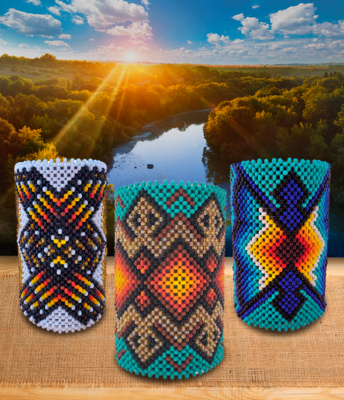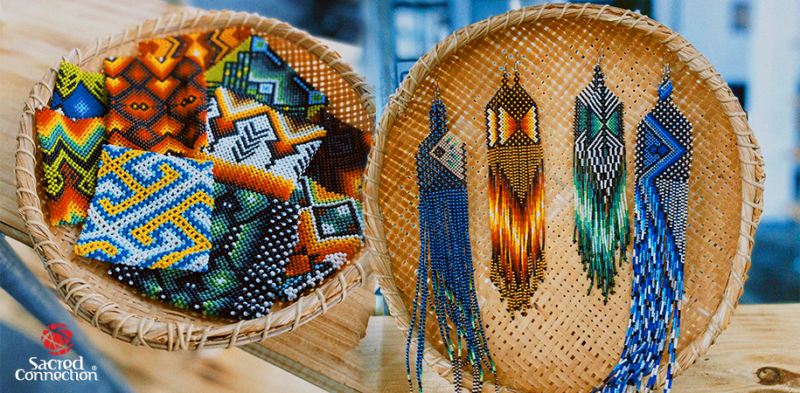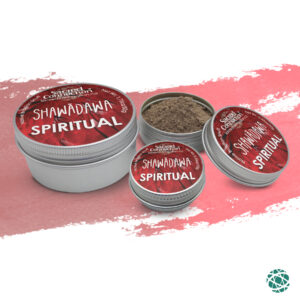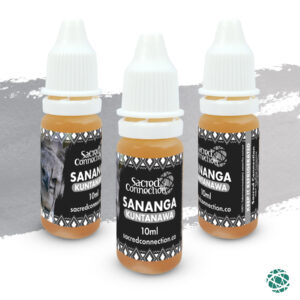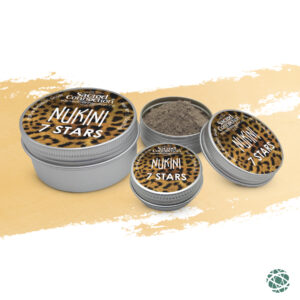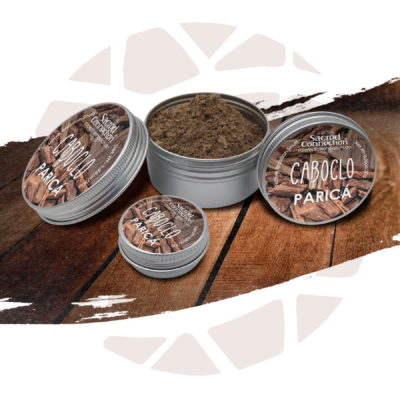Unter den indigenen Völkern an der peruanisch-brasilianischen Grenze gibt es keine so einzigartige Kunst wie die Kene Kuinbekannt als die "wahre Zeichnung". Die Grafiken dieses Volkes.

sind ein wichtiger Teil der kulturellen Identität des Kaxinawá-Stammes.
Im heutigen Beitrag geht es um die Kene Kuin, die Grafik des Volkes der Huni Kuin, die in der Umgebung der Flüsse Purus, Curanja, Tarauacá, Jordão, Breu, Muru, Envira, Humaitá und Purus im westlichen Amazonasgebiet leben.
Was sind die indigenen Kenês?
Die kene kuin, der eigentliche Name der Kenês, sind als "wahre Zeichnungen" oder "Schlangenzeichnungen" bekannt. Sie sind ein äußerst wichtiges Element der Kultur und Identität der Huni Kuin Volkes. Die Zeichnungen stehen im Zusammenhang mit Mut, Stärke, Kraft und Weisheit.
Für die Kaxinawá, wie die Huni Kuin bekannt sind, sind diese Zeichnungen ein entscheidendes Element für die Schönheit von Menschen und Dingen.
Die Zeichnungen finden sich in fast allen künstlerischen Manifestationen und Artefakten der Menschen, wie Keramik, Kleidung, Körperbemalung, Weberei, Handwerk.
Das Kunsthandwerk ist eine der Haupteinnahmequellen der Kaxinawá. Die wichtigsten Produkte sind Keramik aus Ton, der aus der Asche von Tieren und Bäumen gewonnen wird, und Baumwollweberei mit natürlichen Färbemitteln.
Der Ursprung des einheimischen Kenês
Die Geschichte über den Ursprung der Kaxinawá kenê besagt, dass sie durch den Charme einer Boa constrictor übertragen wurde. Diese Boa brachte einer Kaxinawá-Frau ihr schönes Yubesheni-Stricken bei. Bei einem Spaziergang fand sie eine Babyboa constrictor, die sich am Wegesrand zusammengerollt hatte.
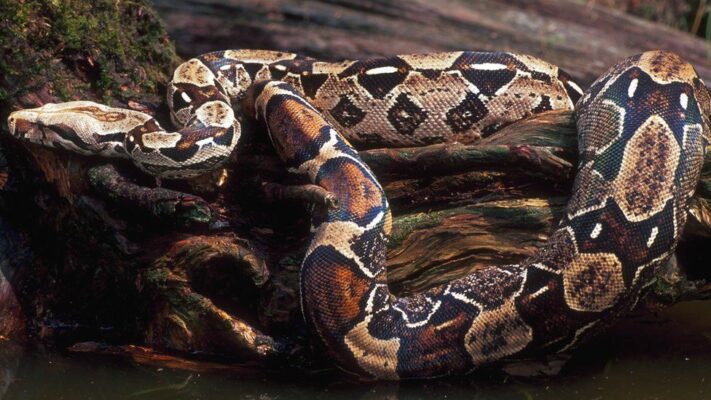
Dann lehrte die Boa Constrictor ihre Strickkraft und sagte: "Ich bin nicht der Einzige, der das tut:
- Mutter Kaxinawá, wenn du meine gestrickten Kleider willst, dann hol dir eine Stange Ouricuri...
Indem sie jede Masche maß und jeden Namen der Kenê-Zeichnung aussprach, erfüllte sie die Ansprache ihres Boa-Constrictor-Sohns, der sie in der traditionellen Malerei unterrichtete.
Der Name dieser Boa war früher Tere Beru. Die Boa constrictor war es, die der Kaxinawá-Frau ihr schönes Kenê übergab. Aber sie gab nicht alles weiter. Sie gab nur einen Teil weiter, denn die Boa war nicht weiblich: Sie war männlich und konnte nicht bei ihrer Kaxinawá-Mutter bleiben.
Er wollte jagen und Krieg mit anderen Ethnien führen.
Quelle: (Kaxinawá; Sales, 2000, S. 24)
Die Kenê-Weberei
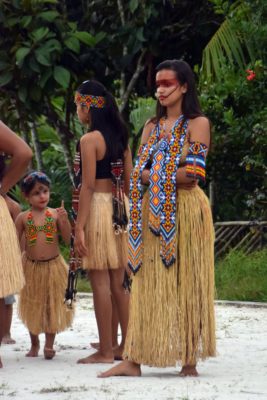
Das Weben ist eine der Hauptaktivitäten der Huni Kuin und ihr Hauptmerkmal sind die Kenês-Zeichnungen. Die Verfahren reichen vom Anbau und der Aufbereitung der Baumwolle bis zum Spinnen und Färben des Garns.
Die Herstellung der Kenês ist eine rein weibliche Tätigkeit. Die älteren Frauen sind die Meisterinnen der Weberei, und während der Ernte, dem Entkörnen, Schlagen und Spinnen der Baumwolle singen sie und bitten um die Kraft der Spinnen, damit sie schnell weben können, denn der Tradition nach hat die Spinne gepflanzt und der Faden ist bereits fertig, ohne dass er geschlagen oder gesponnen werden muss.
Kenês werden mit natürlichen Farben wie Mahagoni, Baumrinde, Bananenherz und Kirsche gefärbt. Sobald das Garn gefärbt ist, erfolgt der letzte Schritt, das Weben, das entsprechend der gewünschten Kenê-Zeichnung durchgeführt wird.
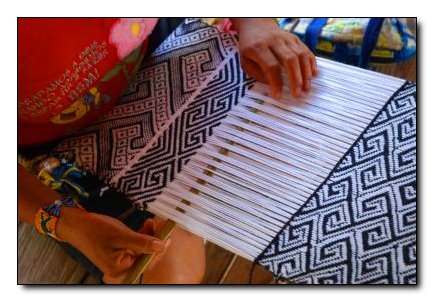
Jede kenê (Zeichnung) kann sich öffnen und verschiedene Arten von Figuration (dami) offenbaren, denn in der Schlangenzeichnung sind viele andere versteckt.
In der Kaxinawá-Kultur tragen die Männer Kleidung mit vertikalen Mustern und die Frauen mit horizontalen.
Das Volk der Huni Kuin hat auch eine enge Verbindung zu den Japinen, die in der Sprache der Eingeborenen txana genannt werden, Vögel, die das Volk als Meister der Weberei betrachtet.
Schlussfolgerung
Die Vermarktung von Kunsthandwerk ist eine wichtige nachhaltige Einkommensquelle für indigene Völker. Es ist auch eine Möglichkeit, das Wissen, das von Generationen weitergegeben wurde, am Leben zu erhalten.
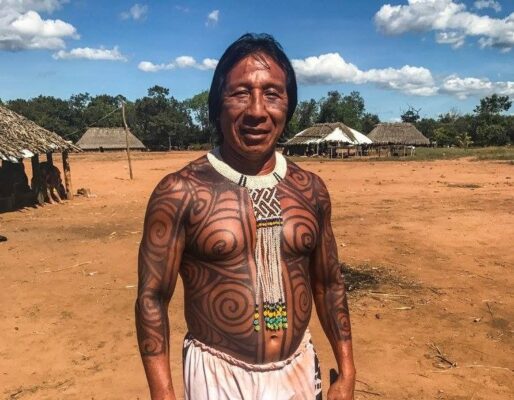
und eine Möglichkeit, der Welt die Stärke der einheimischen Traditionen und Künste zu zeigen.
Wir können diesen Menschen, die uns mit ihrer Kultur und heiligen Medizin so viel geben und lehren, helfen, indem wir ihr Wissen über ihre Traditionen weitergeben und ihre nachhaltige Einkommensquelle unterstützen.
Auf unserer Website finden Sie verschiedene Kunstgegenstände, die von einheimischen Kunsthandwerkern hergestellt werden, sowie verschiedene Arten von Kenes. Um die Produkte zu entdecken, zu kaufen und das Volk der Huni Kuin und die einheimischen Kunsthandwerker zu unterstützen, klicken Sie einfach hier.
[button text="BUY NOW" style="alert" size="large" link="https://sacred-snuff.stage-surver.nl/product-category/accesories/brazil-beads//"]
Quellen:
https://pib.socioambiental.org/pt/Povo:Huni_Kuin_(Kaxinawá)
https://site.tucumbrasil.com/tecelagem-huni-kuin/
https://sacred-snuff.stage-surver.nl/product-category/accesories/brazil-beads/
https://sacred-snuff.stage-surver.nl/the-huni-kuin/

